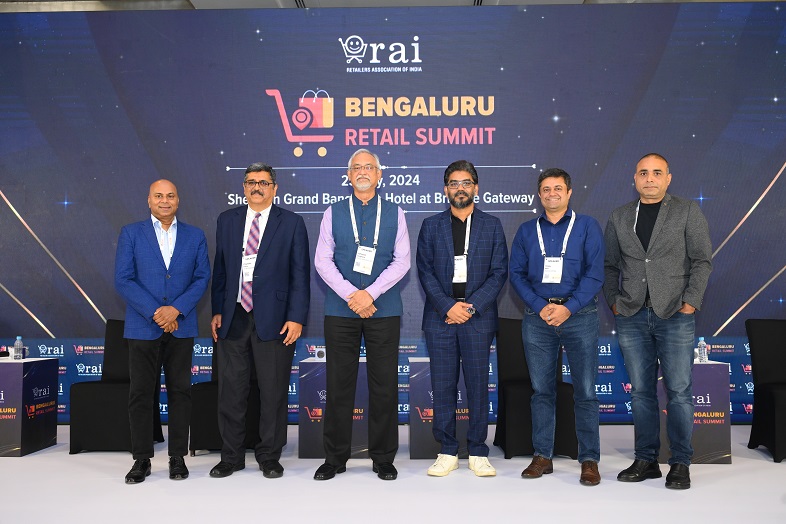World Hearing Day 2024 emphasizes the imperative shift in mindsets towards making ear and hearing care accessible to all individuals.
Ensuring ear and hearing care is accessible to all involves addressing various aspects to promote auditory health and well-being on a global scale. Government should take following necessary steps to make ear and hearing care accessible to all,
1. Awareness and Education:
– Implementing educational programs to raise awareness about the importance of hearing health.
– Disseminating information on preventive measures specially in school and college going children, early signs of hearing loss, and the significance of timely intervention.
2. Newborn Hearing Screening:
– Introducing and promoting mandatory hearing screenings for newborns in healthcare facilities to identify potential hearing issues early on. Newborn hearing screening plays a pivotal role in identifying potential hearing loss early, allowing for timely intervention to support language and communication development. Despite the prevalence of hearing loss in newborns, there is a need for mandatory hearing screening in all delivery hospitals.
3. Medical Infrastructure:
– Developing and enhancing medical infrastructure to facilitate hearing assessments, diagnostic evaluations, and intervention services.
– Ensuring that audiological services are available in both urban and rural areas.
Brain scans indicate that hearing loss may accelerate brain atrophy, contribute to social isolation, and potentially lead to dementia. Clinically, patients with hearing impairment experience fatigue due to the mental effort required for communication, heightened stress hormone levels, and increased sensitivity to noise exposure.
Hearing loss not only impacts communication but also affects balance, as the ears provide crucial cues for walking safely. Various factors, including genetics, noise exposure, medications, head injuries, and infections, can contribute to hearing loss. Early signs often involve difficulty detecting soft or high-pitched sounds, ringing in the ears (tinnitus), and in Telangana State, hearing impairment is prevalent, affecting approximately 1 in 23 people overall and a third of those aged older than 65.
4. Accessibility of Hearing Aids:
– Exploring innovative solutions, such as government subsidies or assistance programs, to improve accessibility to hearing aids.while we still have many subsidies but once the hearing aid is taken home we don’t have a system to check whether patient wears it and gets the adequate benefits or not. While some may consider buying hearing aids online, it’s essential to note that as of December 2023, the Chief Commissioner for Persons with Disabilities has prohibited the off-the-shelf and e-commerce sale of hearing aids, reinforcing that these are medical devices requiring proper prescription and guidance.
5. Professional Training:
– Providing training for healthcare professionals, including audiologists and primary care physicians, to enhance their skills in identifying and managing hearing issues.
6. Integration into Primary Healthcare:
– Integrating ear and hearing care into primary healthcare services to make it a routine part of overall health check-ups.
7. Global Policies and Advocacy:
– Advocating for policies at the national and international levels that prioritize hearing health as a fundamental aspect of public health.
– Encouraging governments to allocate resources and implement strategies for comprehensive ear and hearing care.
8. Technology and Telehealth:
– Utilizing technological advancements to improve telehealth services for remote consultations, especially in areas with limited access to audiological expertise.
9. *Community Engagement:*
– Engaging communities in campaigns to destigmatize hearing loss, fostering a supportive environment for those with hearing impairments.
10. Research and Innovation:
– Investing in research to better understand the causes and potential treatments for hearing loss.
– Encouraging innovation in hearing care, such as the development of assistive devices and improved treatment modalities.
By addressing these aspects, the goal is to create a comprehensive and inclusive approach to ear and hearing care, ensuring that individuals of all ages and backgrounds have access to the necessary services and support for maintaining optimal auditory health.


